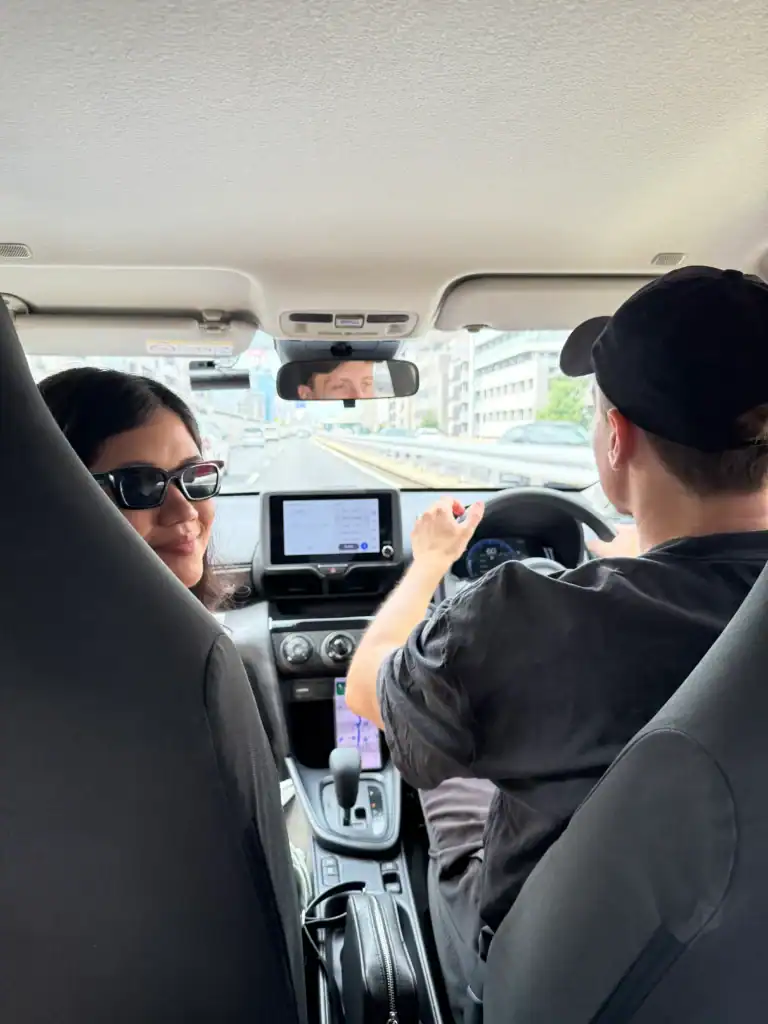Is the Tokyo Metro Pass Worth It?
If you ever tried planning your way around Tokyo, you probably know how confusing it can get. It’s easy to get overwhelmed with many train lines, passes, and acronyms (JR, Metro, Toei, Suica, Pasmo).
When I started planning our two full days in Tokyo, I had the same question: “Is the Tokyo Metro Pass worth it, or should we just get a reloadable Suica or Pasmo instead?“
We plan to see Asakusa, Shibuya, Akihabara, and Shinjuku. We’re planning to buy a Skytree ticket so when we saw an option that includes 24-hour Tokyo Metro Pass, we decided to go for it. We also bought individual fares after the pass.
After trying both, I learned a few things that could save you time, stress, and a surprising amount of yen.
In this guide, I’ll break down exactly what the Tokyo Metro Pass covers, how it compares to Suica and Pasmo, and whether it really saves you money. I’ll also share our actual itinerary, what worked, and what didn’t. By the end, you’ll know for yourself if the Tokyo Metro Pass is worth it for your own trip.
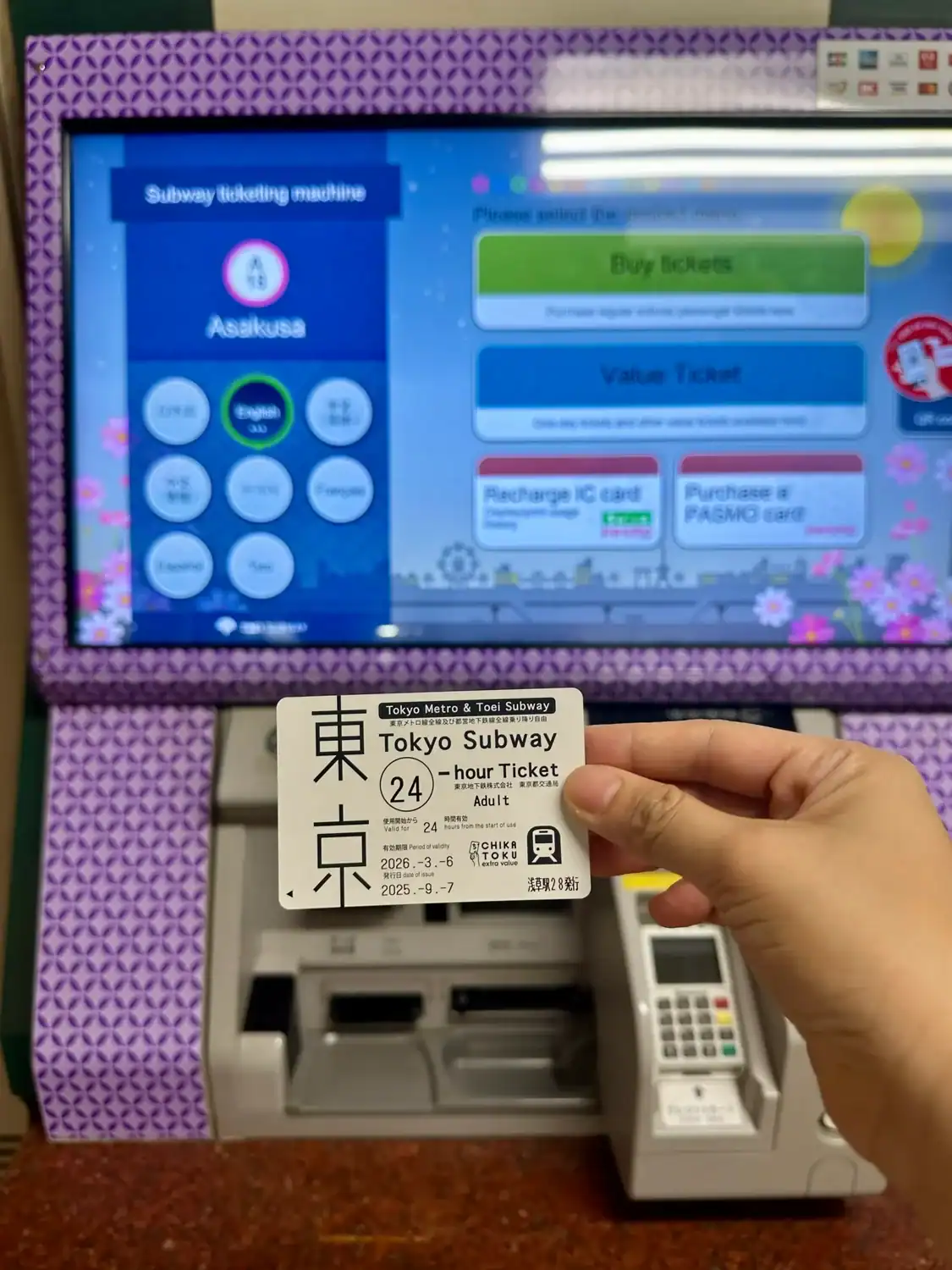
What Is the Tokyo Metro Pass?
The Tokyo Subway Ticket, also known as the Metro Pass, is a time-based pass that gives you unlimited rides on Tokyo Metro and Toei Subway lines. If you’re planning to see a lot of places within Tokyo in a short time, this pass can really save you both money and stress!
Here are the different types of Tokyo Metro passes and updated prices for 2025:
|
Ticket Type |
Adult Price |
Child Price |
Validity Period |
Minimum Rides To Save |
|---|---|---|---|---|
|
Tokyo Subway 24-hour Ticket |
¥800 |
¥400 |
24 hours from first entry |
5 rides in 24 hours |
|
Tokyo Subway 48-hour Ticket |
¥1,200 |
¥600 |
48 hours from first entry |
4 rides in 24 hours |
|
Tokyo Subway 72-hour Ticket |
¥1,500 |
¥750 |
72 hours from first entry |
3 rides in 24 hours |
Each pass lasts for a set number of hours, not calendar days. We started using the 24-hour Tokyo pass at 8:00 PM, so we were able to use it until 8:00 PM the next day.
Personally, I liked this flexibility because it meant I didn’t have to rush in the morning just to “maximize” a calendar day. You can start in the afternoon and still get your full 24 hours’ worth.
Another benefit of getting an unlimited metro pass is in case you missed a stop, you can easily hop on another train and follow anothere route. I think that is a good deal!
Pro Tip: Use Google Maps and filter routes to show “Subway only” — this helps you stick to lines covered by the Tokyo Subway Ticket. To make it all smooth, have a stable internet connection the moment you land.
I used an eSIM from Airalo, and it worked perfectly across Japan. Get 15% off with code GLADIS15 (new user)/ GLADIS10 (existing user).
Where to Buy the Tokyo Metro Pass
You can get a Metro Pass:
- At the airport (Narita or Haneda) at tourist information centers or ticket machines.
- At major subway stations like Ueno, Shinjuku, or Tokyo Station.
- Online through Klook (Get 5% off with code GLADSKLOOK) or GetYourGuide (cheaper by $1) .
- As part of attraction bundles, such as with Tokyo Skytree, where you get both the entrance ticket and a 24-hour subway pass together.
Pro Tip: Buy your ticket online so you can just scan your voucher at a designated machine and get your Metro Pass ticket immediately. No need to wait in line. The price is the same or even cheaper because of discounts.
Quick Tip: You can bundle your Tokyo Metro Pass with a Tokyo Skytree ticket and save around $3 in the process! That’s exactly how we got ours. The best part? You don’t have to use both on the same day, so it’s flexible and budget-friendly.
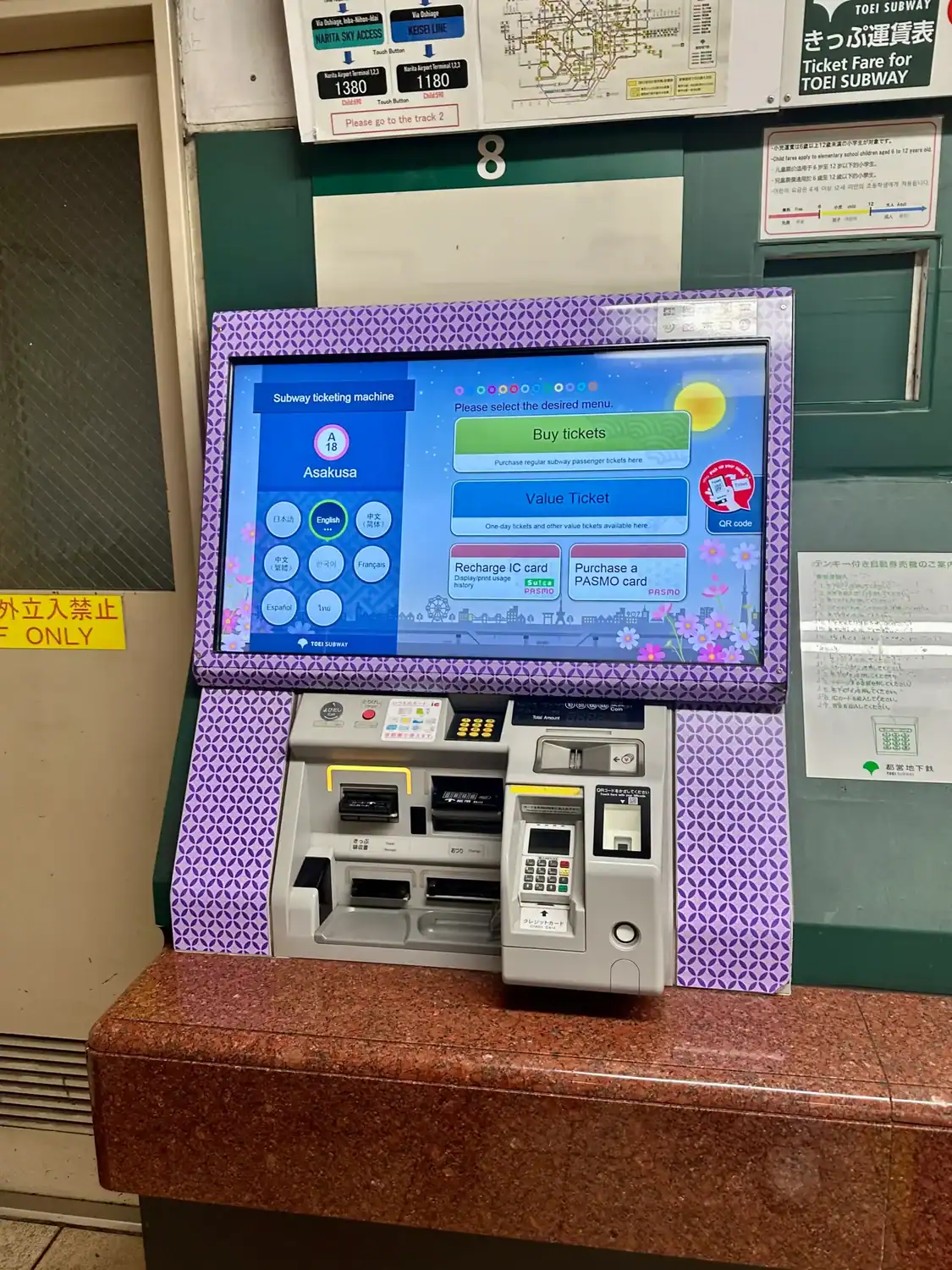
Where You Can Use the Metro Pass
Tokyo Subway ticket works on:
- All 9 Tokyo Metro lines, including the popular Ginza, Marunouchi, and Hibiya lines.
- All 4 Toei Subway lines, like the Asakusa and Oedo lines.
That’s over 280 stations across Tokyo! You can go almost anywhere within the city center, including Ginza, Ueno, Asakusa, and Shibuya!
What’s Not Covered
You’ll need separate tickets if you plan to ride:
- JR trains like the Yamanote, Chuo, or Sobu Lines
- Private railways such as Keio, Odakyu, Tokyu, or Keisei
- City buses or other private bus lines
This part sometimes surprises travelers. Many major spots, including Shinjuku, Shibuya, and Akihabara are JR hubs, so if you only have the Tokyo Subway Ticket, you’ll need to use the subway exits, which can be a short walk away.
For example, the Metro’s Fukutoshin Line exit in Shibuya is a bit farther from the famous crossing than the JR exit. For us, it wasn’t a big deal. We just walked around 5 minutes more.
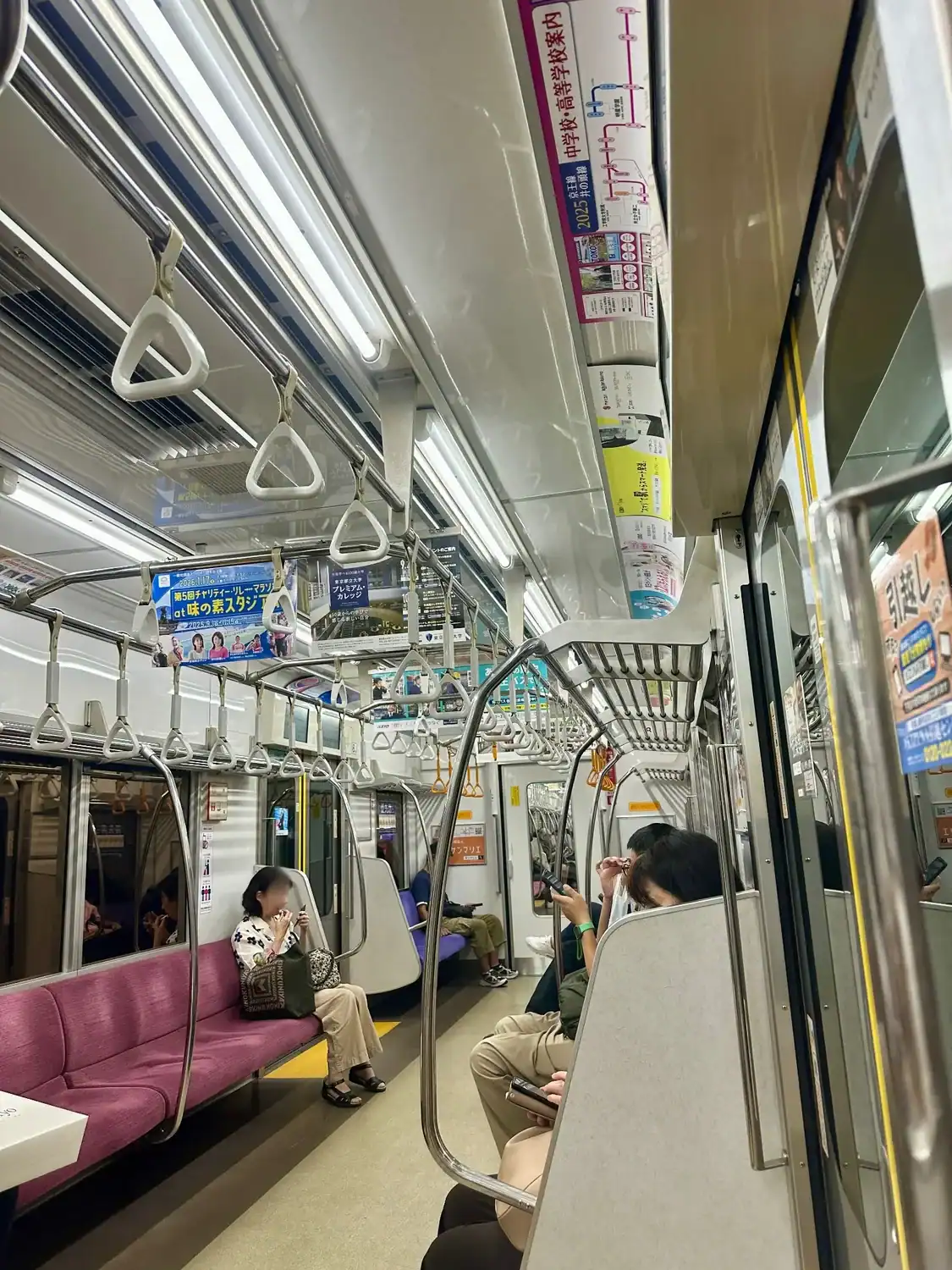
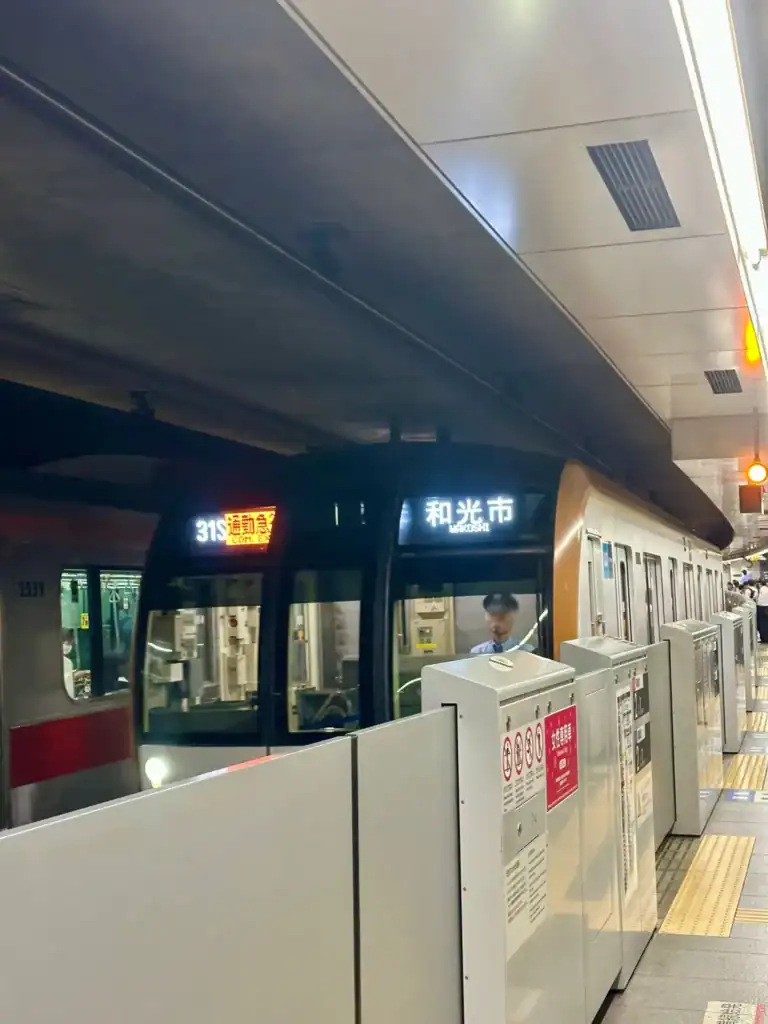
Tokyo Metro Pass vs. Suica/Pasmo
If you’re researching your way to Japan, you’ve likely heard about Suica or Pasmo.
Suica and Pasmo are rechargeable IC cards used for public transportation in Japan. They work like prepaid travel cards. You tap them at the gate, and the fare is automatically deducted. You can use them on JR trains, Metro, and buses and even many convenience stores, vending machines, and shops.
Suica is issued by JR East, and Pasmo by private railway companies, but they work the same way. There’s no real difference for tourists. Choose whichever is more convenient to buy based on your arrival station or airport.
Here’s a quick comparison of the Tokyo Metro Pass and Suica/Pasmo:
|
Feature |
Tokyo Metro Pass |
Suica/Pasmo |
|---|---|---|
|
Type |
Unlimited rides (Metro/Toei only) |
Pay-as-you-go |
|
Coverage |
Tokyo Metro + Toei Subway |
JR, Metro, Toei, buses, and more |
|
Validity |
24 / 48 / 72 hours |
No time limit |
|
Reusability |
Single use |
Rechargeable, reusable nationwide |
|
Best for |
Full days of sightseeing within the city |
Flexible or long-term trips |
Metro Pass is better if:
- You’re riding the subway five or more times a day.
- You’re exploring mostly within central Tokyo.
- You like the freedom of not worrying about fares each ride.
Suica or Pasmo is better if:
- You’re using JR trains often or traveling between regions.
- You prefer one card that works anywhere.
- You’re in Tokyo for a longer stay or want simplicity.
Do you want your Pasmo/Suica delivered to your address? You can order it here.
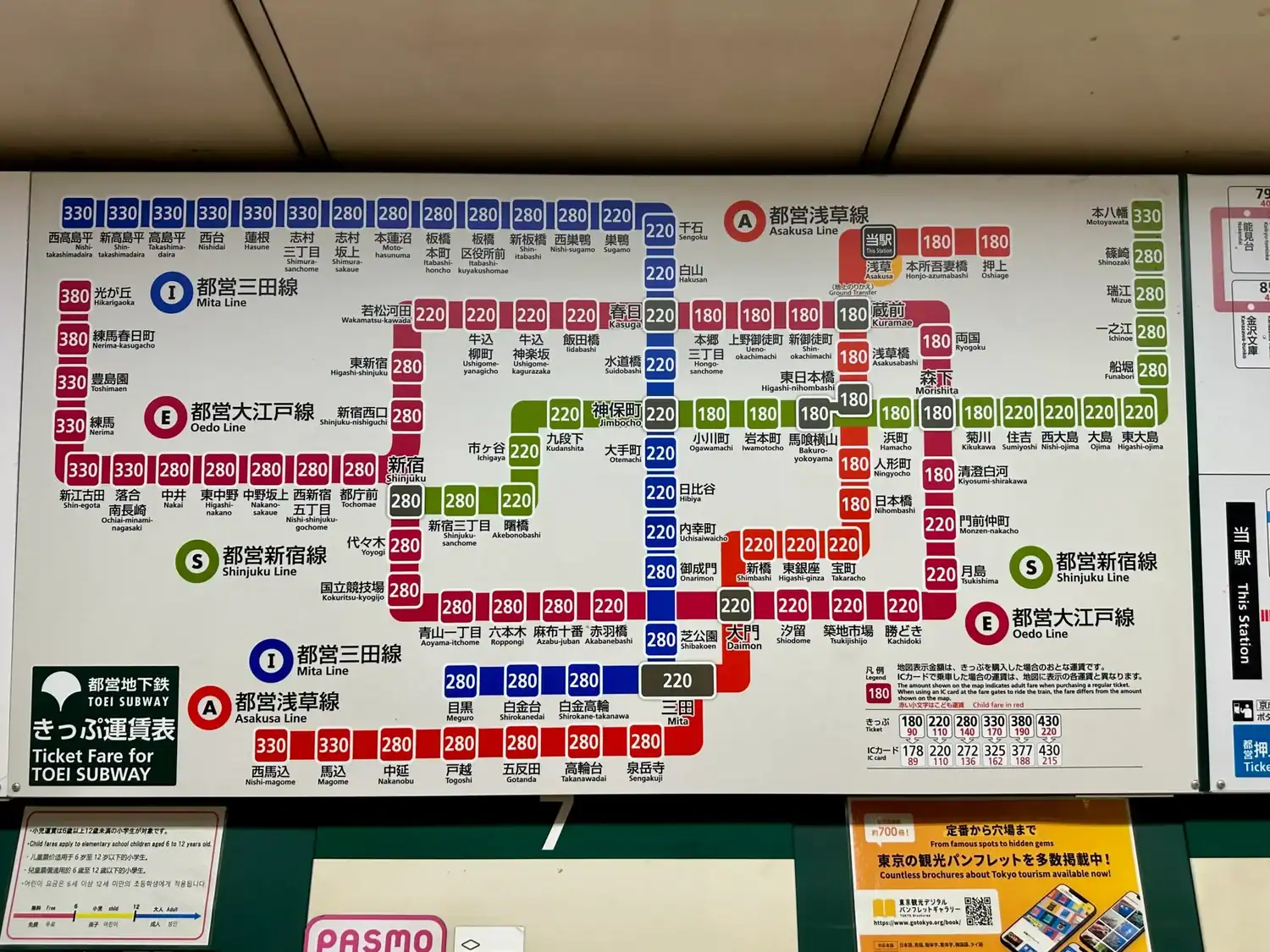
You don’t need a JR Pass just to get around Tokyo if you already have a Tokyo Subway Ticket. Just be prepared to walk a little more or take slightly longer routes. What really makes this work is having a stable internet connection so you can check live directions and filter routes to “Subway only.”
👉 I used this eSIM from Airalo and it worked perfectly across Tokyo. It’s so fast to setup, gives instant internet at the airport, and has great coverage for Google Maps all day.
Did the Tokyo Subway Ticket Actually Save Us Money?
We first activated our Tokyo Metro Pass at 8:00 PM after our sushi making class and Skytree visit at Asakusa Station, going to Shinjuku (where the hotel is). That was our first ride.
The next day, we used the pass for:
- Shinjuku → Akihabara
- Akihabara → Suga Shrine
- Suga Shrine → Shinjuku (for a bike tour)
- Shinjuku → Shibuya
Since we left Shibuya after 9:00 PM, the pass had expired by then, so we just paid for a single ride out of pocket.
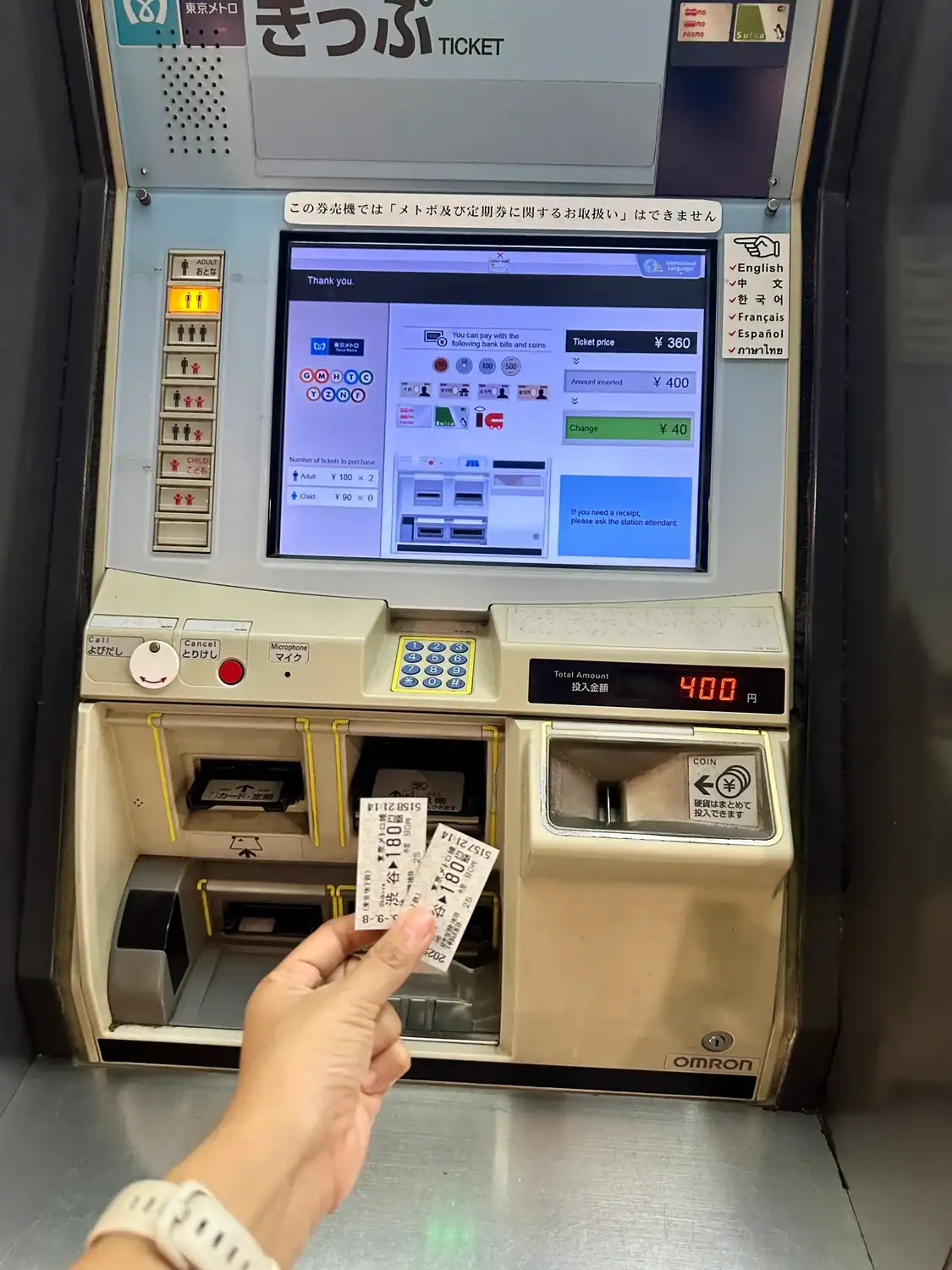
Here’s what that would’ve cost without the Metro Pass:
|
Route |
Estimated Fare |
|---|---|
|
Asakusa → Shinjuku |
¥280 |
|
Shinjuku → Akihabara |
¥260 |
|
Akihabara → Suga Shrine |
¥180 |
|
Suga Shrine → Shinjuku |
¥200 |
|
Shinjuku → Shibuya |
¥180 |
|
Shibuya → [Final Stop] (out of pocket) |
¥180 |
|
Total Without Pass |
¥1,280 |
|
Total We Spent (Metro Pass + one single ticket) |
¥480 |
The Tokyo Metro Pass saved us ¥800*, and gave us the freedom to hop on and off subways without overthinking routes or fares. We got a discounted Tokyo Metro Pass because we bought it together with our Skytree ticket.
Tokyo Metro Pass Is Worth It If:
- You plan to take five or more subway rides in a day.
- Most of your sightseeing is within central Tokyo.
- You like the peace of mind of unlimited rides.
- You want to visit several attractions in a single day.
Tokyo Metro Pass is Not Worth It If:
- You’ll rely heavily on JR lines (like Shinjuku, Shibuya, or Akihabara)
- Your itinerary is slower with fewer rides.
- You enjoy walking between neighborhoods.
For accommodations, stay near major stations like Hotel Sunroute Plaza Shinjuku or Hotel Rose Garden Shinjuku to make hopping on the subway super easy and stress-free.
Is the Tokyo Metro Pass Worth It?
Yes. During our full day in Tokyo, we saved money and enjoyed the freedom to hop on and off subways without overthinking routes or fares. It made exploring the city stress-free and spontaneous. We even went to a café for a quick rest.
But it’s not the right fit for everyone. If your Tokyo itinerary is slow-paced, centered around JR lines, or you’re exploring just one area a day, a Suica or Pasmo card might be the better choice. You’ll pay only for what you ride, and it keeps things simple.
But if you have a packed day of sightseeing and plan to explore spots like Asakusa, Shibuya, Ueno, or Ginza, the Tokyo Metro Pass is your best friend.
I’d recommend using it on your busiest sightseeing day, and switching to a Suica card or single tickets for relaxed days. That balance gave us both savings and flexibility.






